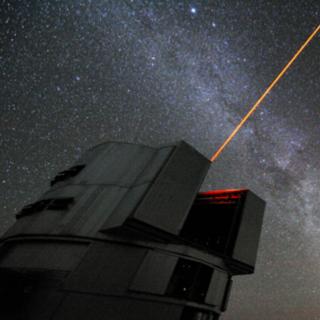Bibcode
Di Criscienzo, M.; Leccia, S.; Braga, V.; Musella, I.; Bono, G.; Dall'Ora, M.; Fiorentino, G.; Marconi, M.; Molinaro, R.; Ripepi, V.; Girardi, L.; Mazzi, A.; Pastorelli, G.; Trabucchi, M.; Matsunaga, N.; Monelli, M.; Saha, A.; Vivas, K. A.; Zanmar Sanchez, R.
Bibliographical reference
The Astrophysical Journal Supplement Series
Advertised on:
8
2024
Citations
1
Refereed citations
1
Description
This work is part of VESTALE, a project initiated within the Legacy Survey of Space and Time (LSST) Cadence Strategy Optimization Process. Its goal is to explore the potential of Rubin-LSST observations aimed at the Galactic bulge (henceforth just "Bulge") for studying RR Lyrae (RRL) stars. Observation and analysis of RRL stars in the Bulge are crucial for tracing the old population of the central part of our Galaxy and reconstructing its formation. Based on observations conducted with CTIO/DECam by Saha et al. toward Baade's window, our simulations demonstrate that early Rubin-LSST observations will enable the recovery of RRL light curves (LCs) at Galactic center distances with sufficient precision. This will allow us to utilize theoretical relations from Marconi et al. to determine their distances and/or metallicity, following the REDIME algorithm introduced in Bono et al. We show how reddening and crowding affect our simulations and highlight the importance of considering these effects when deriving pulsation parameters (luminosity amplitudes, mean magnitudes) based on the LCs, especially if the goal is to explore the opposite side of the Bulge through the observation of its RRL. The simulations discussed in this investigation were conducted to support the Survey Cadence Optimization Committee's decision to observe this important sky region since it has only recently been decided to include part of the Bulge as a target within the LSST main survey.
Related projects

Galaxy Evolution in the Local Group
Galaxy formation and evolution is a fundamental Astrophysical problem. Its study requires “travelling back in time”, for which there are two complementary approaches. One is to analyse galaxy properties as a function of red-shift. Our team focuses on the other approach, called “Galactic Archaeology”. It is based on the determination of galaxy
Emma
Fernández Alvar